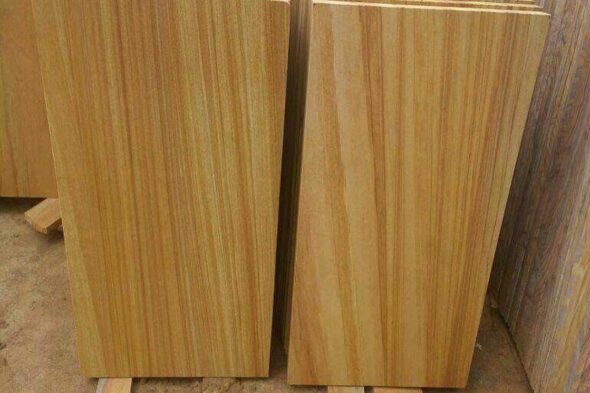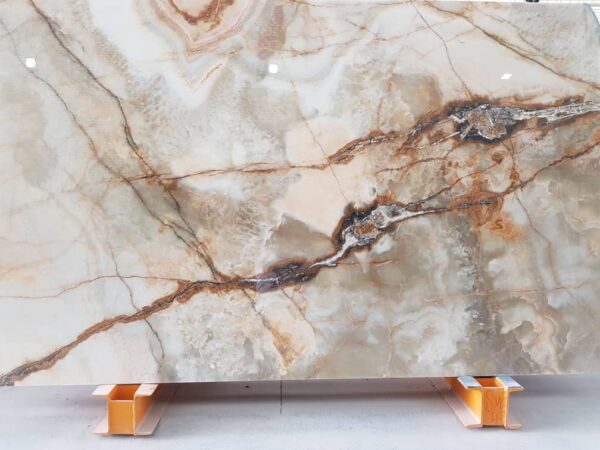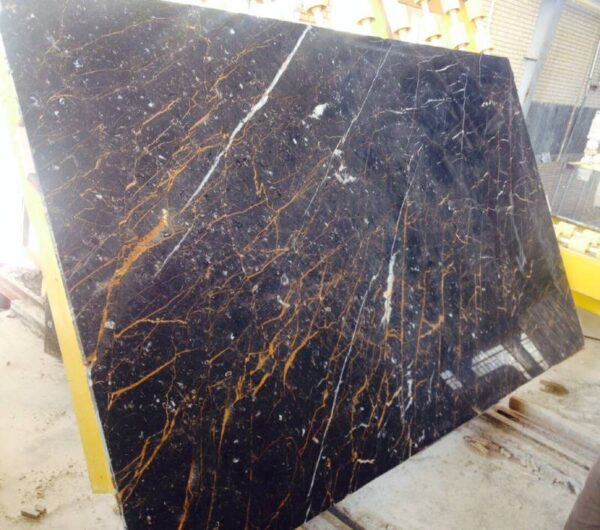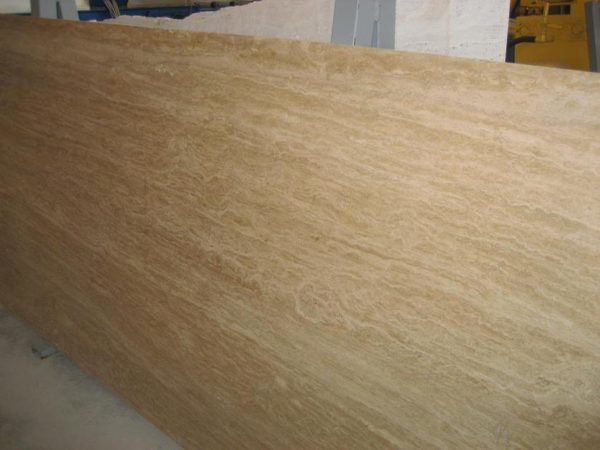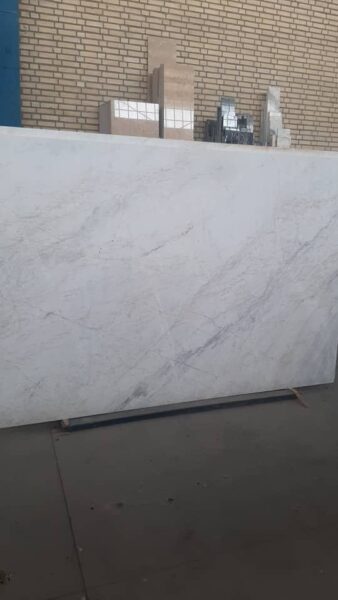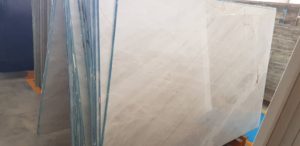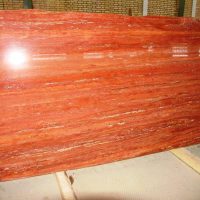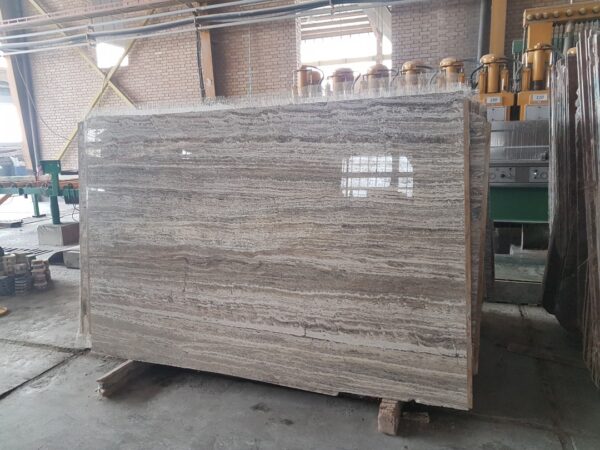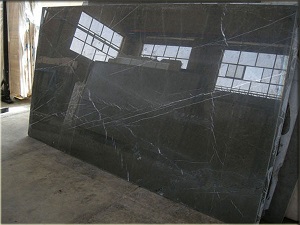What is Sandstone?
Sandstone is a naturally occurring sedimentary rock composed primarily of quartz grains bound together by silica, calcium carbonate, or iron oxide. Its beautiful appearance, durability, and versatility make it popular for various construction, architectural, and decorative applications. Whether for indoor or outdoor purposes, sandstone has stood the test of time as a reliable material for builders and designers alike. Versatile Uses of Sandstone
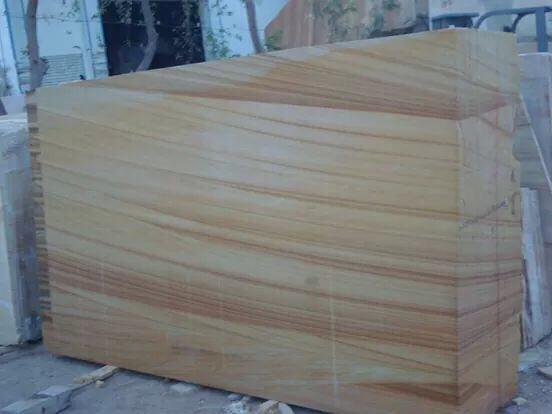


Key Uses of Sandstone
1. Construction Material
One of the most common uses of sandstone is as a construction material. It has been used for centuries in both modern and ancient buildings. Its natural strength and durability make it ideal for walls, foundations, and facades. Many historic structures, including castles and churches, were built using sandstone because of their resistance to weathering and wear over time. Modern architects also favor it for its eco-friendly properties and aesthetic appeal.
2. Paving and Flooring
Sandstone is often used in paving and flooring, both indoors and outdoors. Its slip-resistant surface and natural beauty make it an excellent choice for patios, walkways, garden paths, and pool areas. Indoors, it provides a warm, rustic look when used in kitchens, hallways, and bathrooms. The stone’s natural color variations add charm and character, making every installation unique.
https://www.rockstone.biz/why-clients-shou…tead-of-ceramics/
3. Decorative and Landscaping Applications
Sandstone’s warm colors and textures make it perfect for decorative purposes and landscaping projects. It is frequently used to construct garden features, such as retaining walls, planters, and garden steps. Sculptures, fountains, and other decorative elements made from sandstone can add a sense of natural beauty and elegance to any landscape. It is also popular for creating outdoor seating areas, fire pits, and other hardscapes that enhance outdoor living spaces.
4. Cladding and Façades
Many modern buildings use sandstone as cladding for their exterior walls. This adds to the visual appeal and provides insulation, reducing energy costs. Sandstone cladding gives buildings a timeless, classic look while protecting the structure from the elements.
Benefits of Using Sandstone
Durability and Strength
Sandstone is known for its long-lasting durability, making it an ideal choice for areas subject to high foot traffic or exposure to the elements. Unlike many synthetic materials, sandstone becomes stronger over time as it weathers naturally, rather than deteriorating.
Aesthetic Appeal
With a range of colors, including warm reds, golds, browns, and greens, sandstone can complement a variety of design styles. Its natural patterns and textures give it a unique, organic appearance that enhances both contemporary and traditional designs.
Environmentally Friendly
Because sandstone is a natural material, it requires minimal processing, which results in a lower carbon footprint compared to other building materials. Additionally, sandstone is often sourced locally, reducing transportation emissions.

